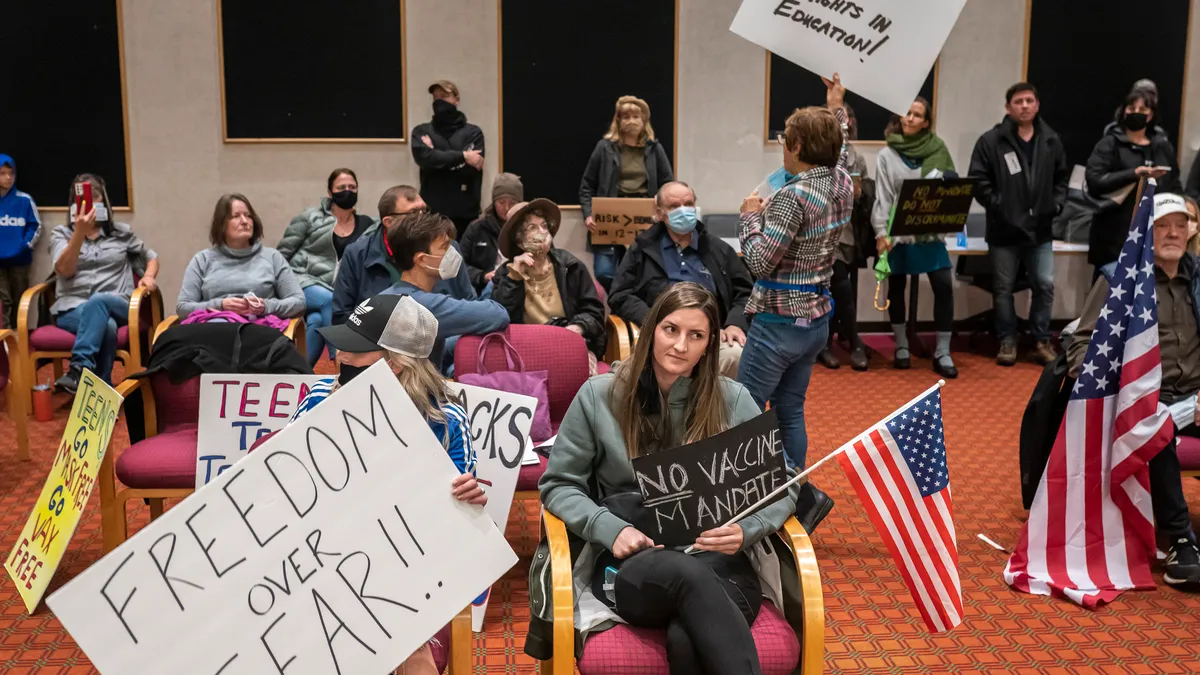Dive Brief:
- A recent U.S. Department of Education assessment of states' compliance with the Individuals with Disabilities Education Act shows that 29 states and the District of Columbia fell into either the “needs assistance” or “needs intervention” determination. These categories call for responses from the Office of Special Education Programs ranging from technical assistance to greater oversight on how funds are spent, Education Week reports.
- The assessment of how well states are following the dictates of the special education law is conducted annually using “results data” including percentages of students participating in state and national assessments, National Assessment of Educational Progress scores, drop-out rates and regular diplomas earned.
- Michigan and the District of Columbia received the lowest ratings this year with a determination classification of "needs intervention" while no state fell into the lowest “needs substantial intervention” category.
Dive Insight:
States are currently facing a number of challenges to meeting federal IDEA requirements. One challenge is the sheer number of students affected. According to a 2016 Ed Circuit article, “Every day, approximately 50 million students between the ages of 3 and 21 attend public schools in the United States. Around 13% of these students rely on free specialized services. The majority have a learning disability (35%), speech or language impairment (21%) or fall within the expanded autism spectrum (13%).”
These specialized services cost money that many states don’t have. Federal government mandates are often unfunded and states with strapped resources, which are also facing challenges in meeting goals for regular education services, are often forced to make tough choices. Another obstacle that faces many states and districts finding enough special education teachers in shortage conditions. Rural districts often face additional challenges in providing special education services.
Assistive technology is often a necessary and expensive aspect of providing special education services. Because of the wide range of needs and conditions that exist on the special needs spectrum, providing these resources free of charge is a challenging undertaking. Fortunately, a number of new apps are now available that make this task easier and less expensive. With careful research, district leaders who control the special needs budget can find ways to cut costs.














